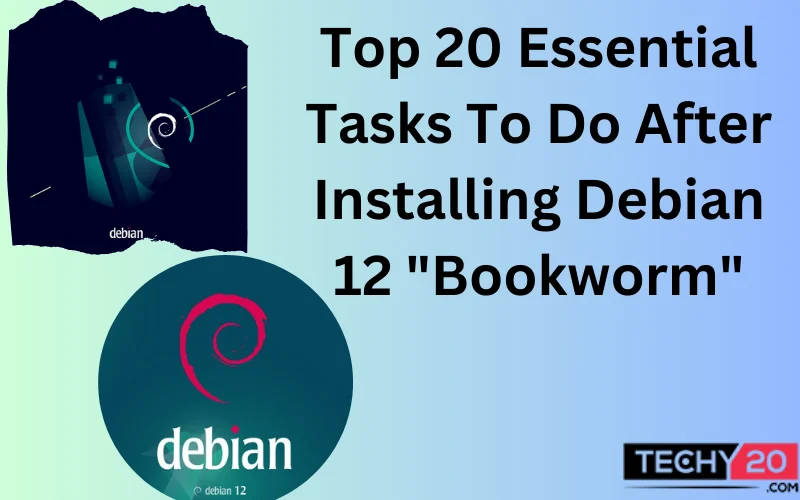Congratulations on installing Debian 12 “Bookworm,” the version of this Linux distribution. Like with any installation, there are a few tasks you should prioritize to ensure a productive experience on your Debian system. Whether you’re already familiar with Linux or just starting in this ecosystem, this comprehensive guide will help your 12 “Bookworm” installation.
1. Keep Your System Up To Date
Start by updating your system package database and upgrading installed packages to their respective versions. You can do this by running commands.
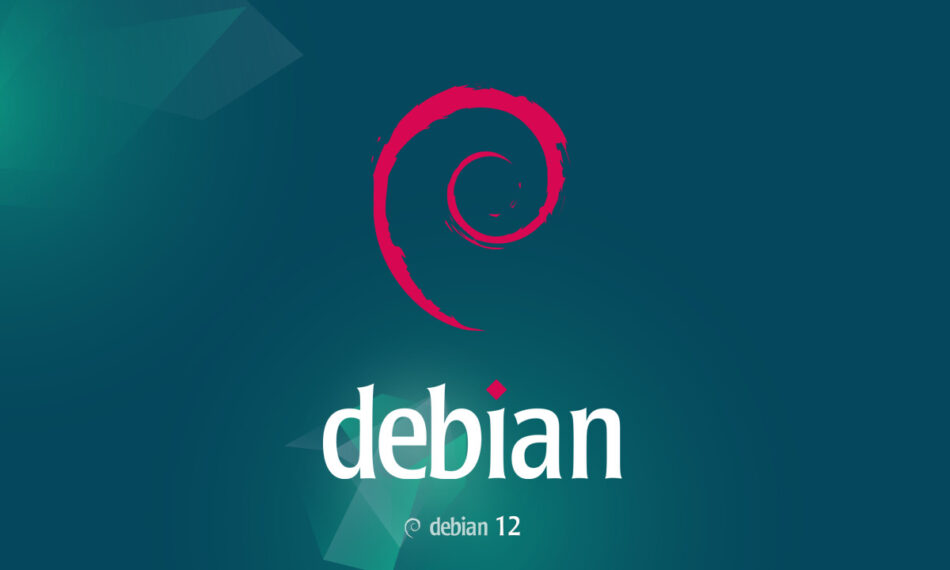
2. Install Essential Software
These tools often offer customization options through extensions, plugins, and themes. For instance, browser extensions can provide features like ad blocking, password management, and note-taking capabilities. Similarly, text editor plugins can support programming languages.
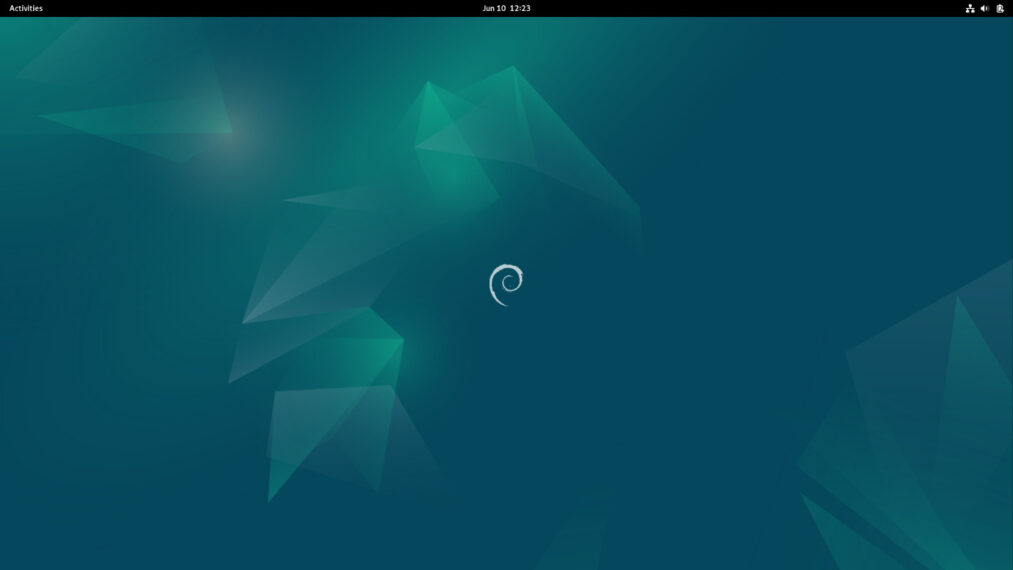
3. Explore Additional Repositories
Consider expanding the range of applications and packages by adding software repositories. This step can enhance the capabilities of your system.
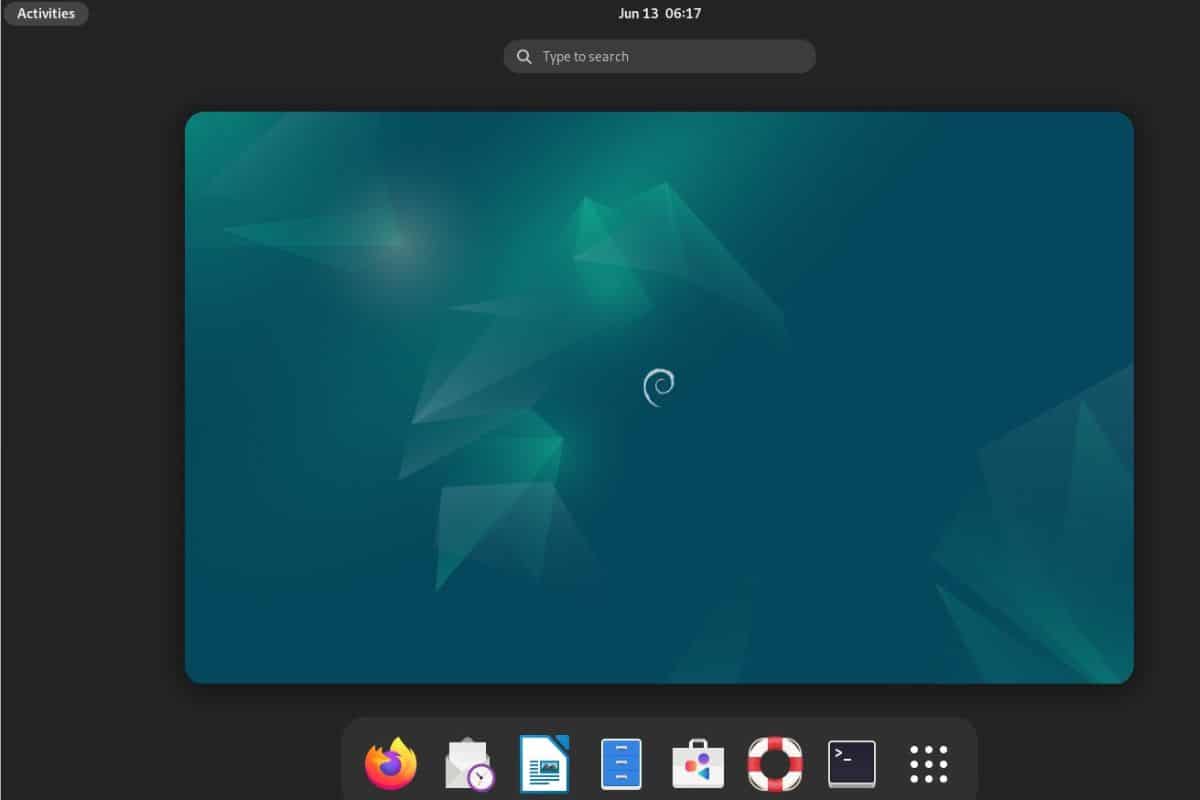
4. Make Sure To Install The Drivers
Your hardware requires them for performance. It may involve installing drivers for graphics cards, wireless adapters, and other components.
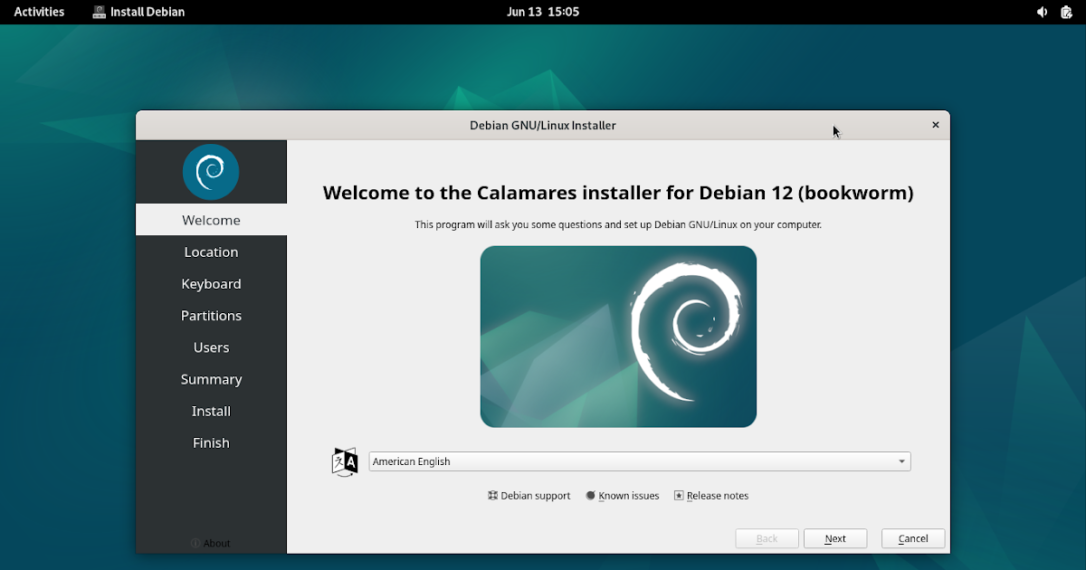
5. Set Up
Optimize your graphics drivers, especially if you have NVIDIA or AMD GPUs. Properly configured drivers are essential for achieving performance.
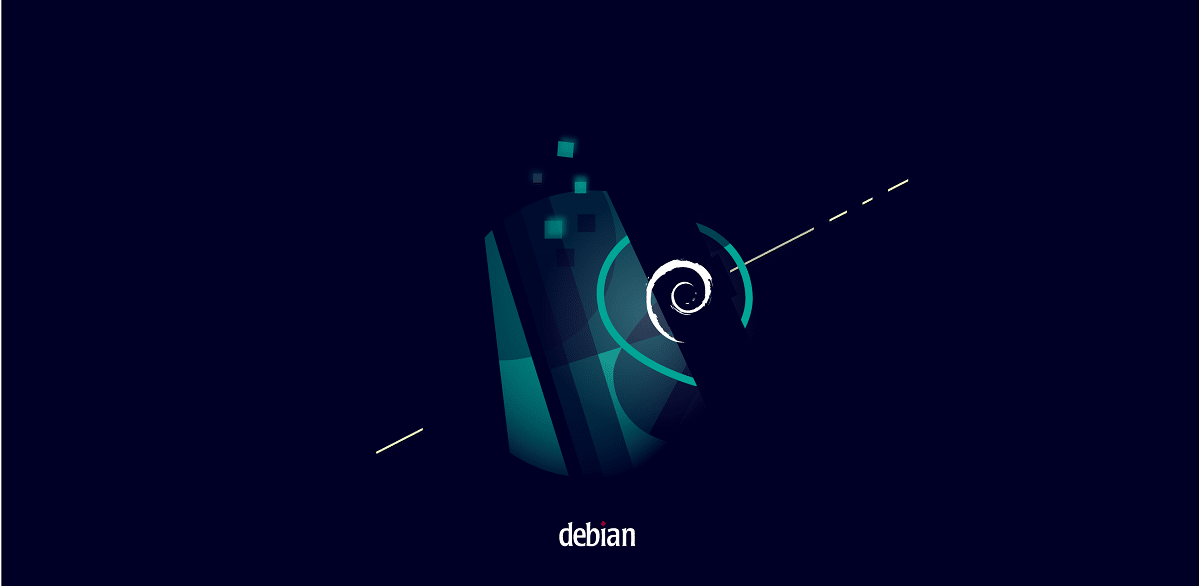
6. Verify That Your Network Connection
Verify your network connection is functioning correctly and set up Wi-Fi if needed. Networking plays a role in our interconnected society.
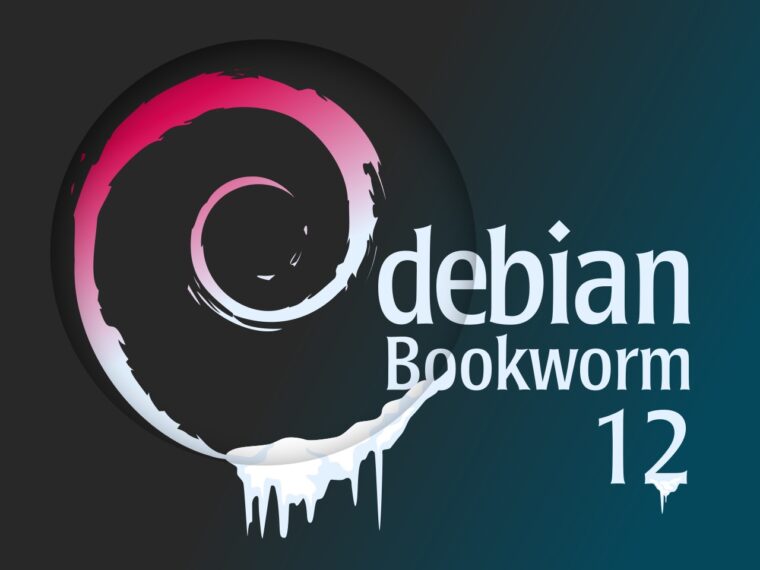
7. Customize
Customize your desktop experience by personalizing your chosen desktop environment. Adjust settings, themes, wallpapers, and desktop elements to match your preferences.
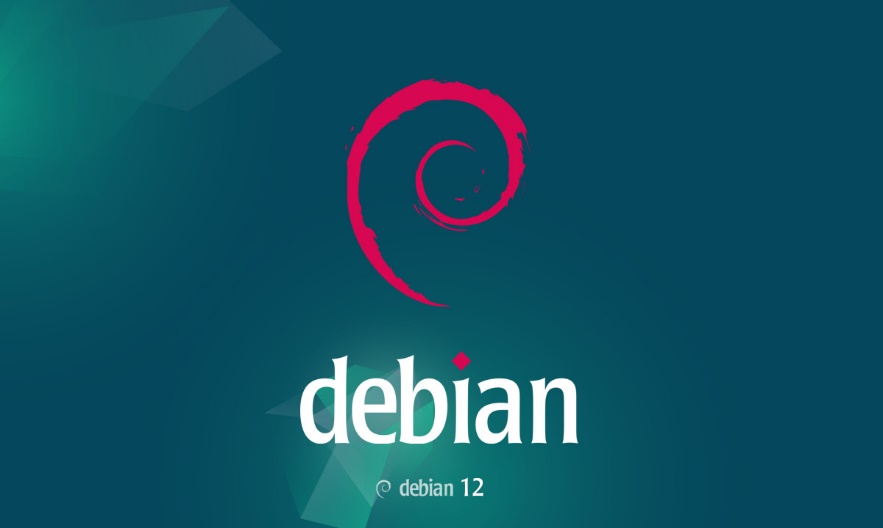
8. Enhance The Appeal
Enhance The Appeal of your desktop by adding themes and icon packs. Debian’s flexibility allows you to customize your desktop environment to showcase your style.
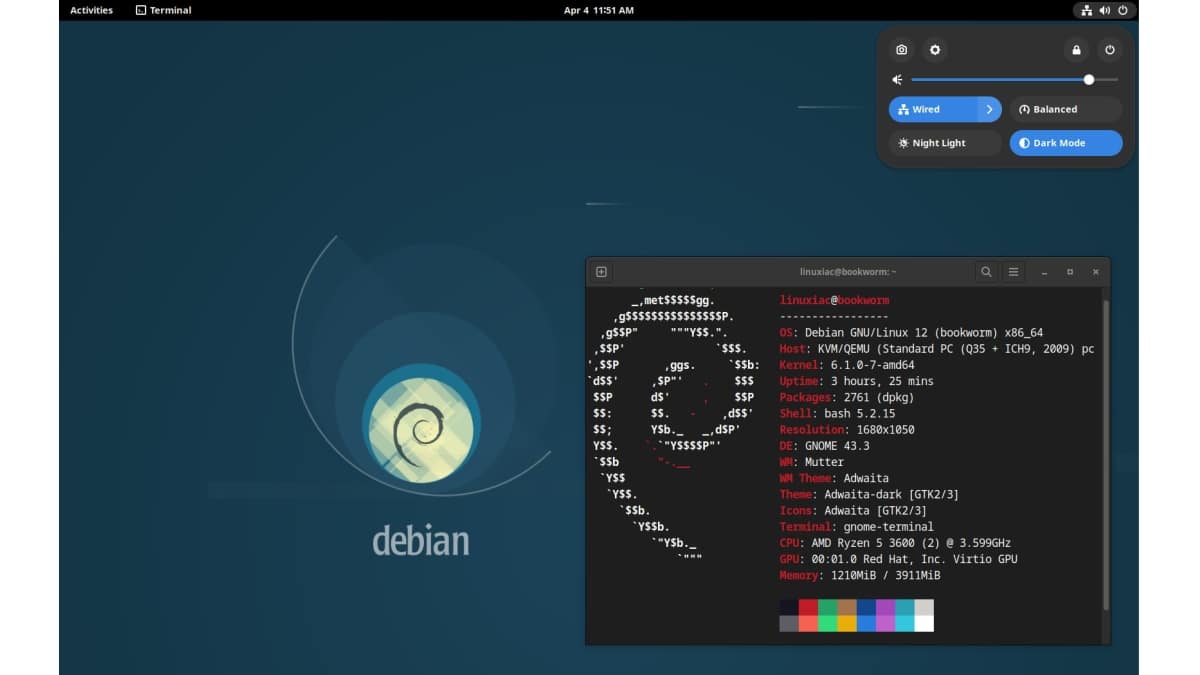
9. Applications
you have all the software tools by installing applications like a PDF viewer, an archive manager, and a terminal emulator.

10. Protect Your System With A Firewall
Strengthen the security of your system by setting up a firewall. No matter if you’re using the default firewall provided by your operating system or a specialized solution, configuring and maintaining your firewall is crucial to maintaining a computing environment.

11. Installing Antivirus Software
While Linux is known for its security, some users may prefer a layer of protection with antivirus software. Evaluate your security requirements and personal preferences before making a choice.
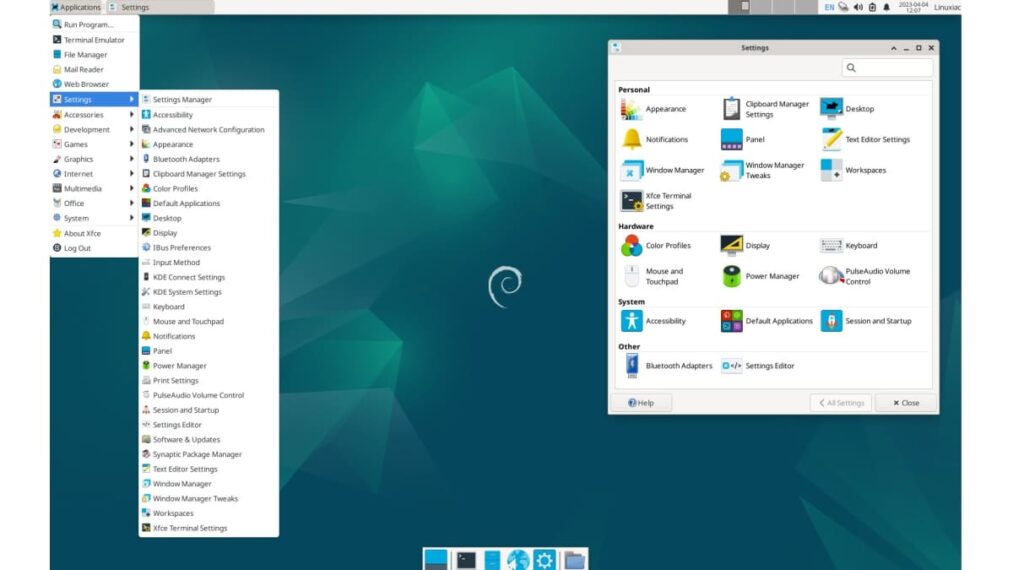
12. Backup
Ensure the safety of your data by backing it up to a drive or cloud storage solution. Debian provides tools and solutions for you to choose from.

13. Installing Codecs
Enjoy smooth multimedia playback on your system by installing codecs that enable compatibility. This step becomes particularly crucial when dealing with non-common file formats, as it helps prevent any playback issues and ensures uninterrupted enjoyment of your favorite videos and music.
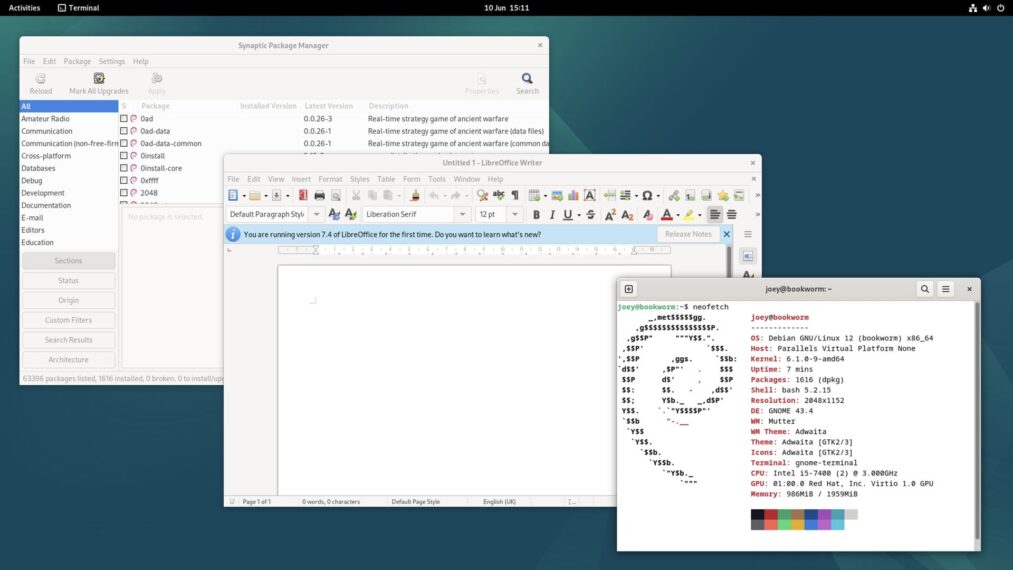
14. Multimedia Repository
Broaden your range of multimedia applications and codecs by accessing third-party repositories, such as the Debian Multimedia repository.

15. Set Up Your Email Client
Set Up your email client (like Thunderbird) to efficiently manage all your email accounts if you are an email user.

16. Setting
Setting up the tools and libraries should be the top priority for developers in their development environment

17. Virtualbox
Virtualbox or KVM tools have transformed the computing landscape by enabling users to create and manage customized environments with their operating systems and applications. Whether you’re a developer, an IT expert, or simply someone curious about exploring operating systems, installing virtualization tools like Virtualbox or KVM can open up a new world of possibilities within your computing environment.

18. SSH Settings
It is advisable to configure SSH settings to ensure SSH access. As a security measure.

19. Time Zone
Double-check that your system’s timezone and locale settings are accurate and properly configured.

20. Debian Handbook
Take the time to explore the Debian documentation resources in the Debian Handbook. This comprehensive guide will provide insights into what Debian can offer and help you maximize its features.


